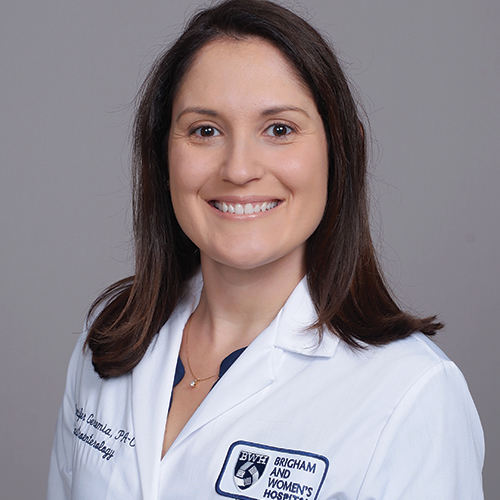Nonalcoholic fatty liver disease (NAFLD) is a common chronic liver condition strongly linked to type 2 diabetes (T2D). In the US, it affects about 35% of the population and 52% of those with T2D. NAFLD includes nonalcoholic fatty liver (NAFL) and the more severe nonalcoholic steatohepatitis (NASH), which can lead to cirrhosis, hepatocellular carcinoma (HCC), and increased mortality. With no FDA-approved treatments for NASH, lifestyle changes and weight loss remain the primary strategies.
Primary care providers (PCPs) play a key role in detecting and managing NAFLD, especially in high-risk patients like those with T2D. However, many PCPs lack sufficient knowledge in this area, underscoring the need for better education and tools. The NAFLD Clinical Care Pathway provides clear guidance for identifying and managing patients at risk of fibrosis and facilitates timely specialist referrals. Increasing awareness of NAFLD and NASH among healthcare providers and the public is essential to improve outcomes and reduce stigma as new treatments become available.
Reference: Clark JM, Cryer DRH, Morton M, Shubrook JH. Nonalcoholic fatty liver disease from a primary care perspective. Diabetes Obes Metab. 2023 Jun;25(6):1421-1433. doi: 10.1111/dom.15016. Epub 2023 Mar 24. PMID: 36789676.

